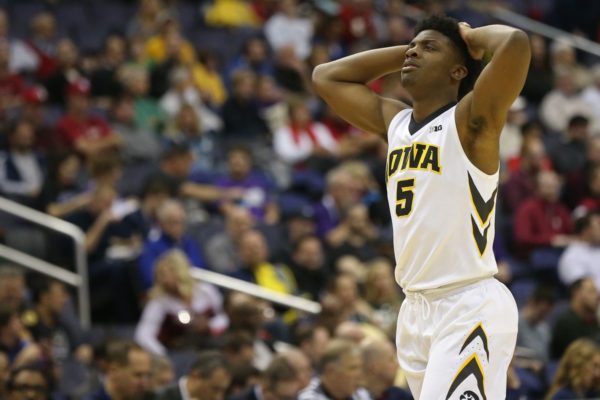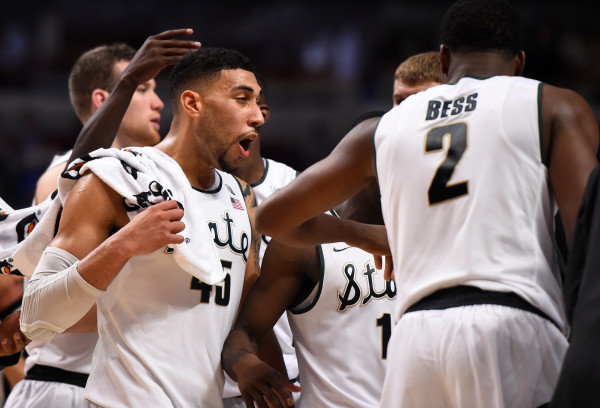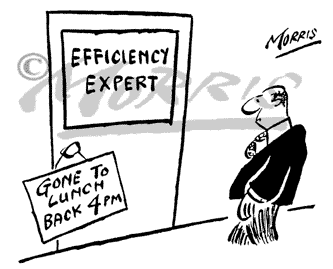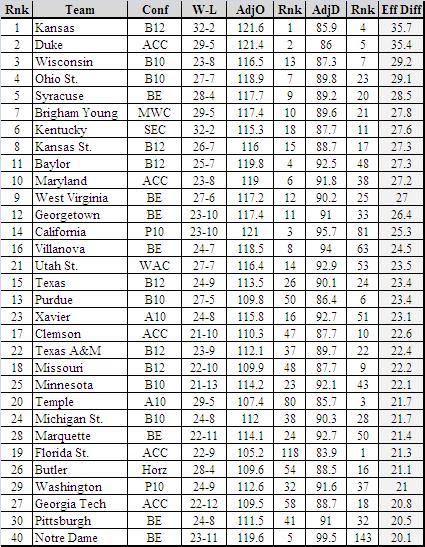The Good, the Bad & the Ugly: Big Ten Running Out of Non-Conference Chances
Posted by Tommy Lemoine on December 15th, 2017Michigan’s 59-52 win at Texas on Tuesday was important for the Big Ten, and not just because it could use some respect after taking a beating in the ACC/Big Ten Challenge. Rather, the road victory was big because it helps provide some much-needed heft to the league’s overall non-conference resume. With several bad losses under its belt and an underachieving middle tier, the Big Ten needs every quality win it can get before for turning on itself in conference play.

Iowa, like several Big Ten teams, has struggled during non-conference play. (Geoff Burke-USA TODAY Sports)
The Good. As of Thursday, the Big Ten has eight teams ranked in both the KenPom and Sagarin top 50, which suggests there is some depth of quality in the league. In fact, Michigan State and Purdue rank second and third overall in the latter ranking system. Although the Ratings Percentage Index (RPI) remains the most widely-referenced metric, the NCAA Tournament Selection Committee has been increasingly influenced by advanced metrics in recent years. The more teams viewed favorably by advanced analytical tools, the more opportunities for quality intra-conference wins in the committee’s view. What’s more, the league does have a few quality non-conference true road wins to its name. Minnesota beat Providence (KenPom #52) by double-figures in the Dunkin’ Donuts Center. Purdue pounded Marquette (KenPom #52). Michigan topped them both by upending Texas this week (KenPom #31). According to reports last summer, the committee will be “placing greater emphasis on winning road games.” Victories like these — on the road against NCAA Tournament-caliber opponents — will go a long way towards boosting the the Big Ten’s overall profile.














































